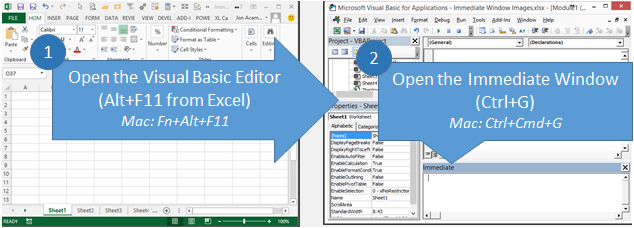

“DynHorizData2 is just the name I assigned to the range.Īnd there you have it…a 12 month rolling chart based on a horizontal data table. The height of the range is 1 row but the width is 12 columns back from the last cell that was identified by the COUNT function.Īs we are applying this to a chart, we also need to create a dynamic range to pick out the correct labels Īs explained in the earlier blog, this dynamic range is based on the dynamic data range we created above. the last cell in the row to contain a numerical value. The COUNT function counts the number of cells in row 2 and takes away 1 to give the correct end cell i.e. Our anchor point is $B$2, and always starting in the same row (0). The formula you will need will be as follows (bearing in mind you may need to adapt this to your own data table) Based on the number of questions I have had there seem to be quite a number of businesses out there using a horizontal data layout. Personally, I prefer to have my data tables set vertically as it gives me far more options to slice and dice my data, apply filters, pivots etc.
#EXCEL FOR MAC BLINKING DASHED LINE AROUND A CELL WON'T GO AWAY HOW TO#
You can now see the bare bones of the presentation and this is where you will do all your set up.Īfter publishing my blog on dynamic ranges to create a 12 month rolling chart ( ), I have received a number of enquiries about how to apply this to a horizontal table of data. Open a new BLANK presentation and go to the VIEW tab and click on SLIDE MASTER. MASTER SLIDES are key to how your presentation looks and behaves, in terms of slide layouts, fonts, how bullet points (shudder!) work.

This is a very common mistake and stems from people not understanding how PowerPoint templates work, and for these to work you need to set up your MASTER SLIDES. If I had a pound for every time someone has asked me sort out their template which turned out to be a presentation with a. If you see anything more than this on screen…it’s not a real template! All blank presentations are based on a basic template…just like Word bases all new documents on a template with pre-set styles, fonts etc. When you open a new PowerPoint what do you see? All you see is the TITLE SLIDE layout. potx file extension so surely they are both the same? How should you know this? Both files have the. The correct answer is the second one (Template #2).


 0 kommentar(er)
0 kommentar(er)
